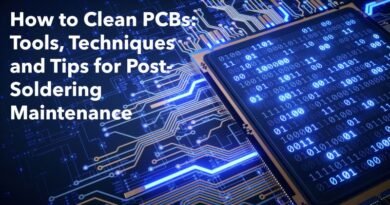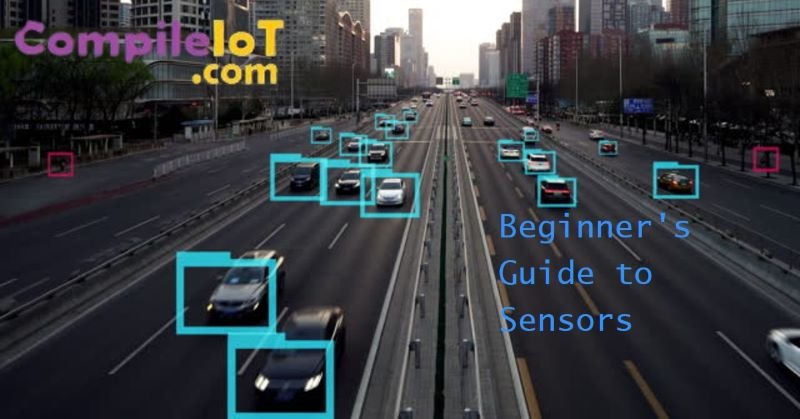Understanding Rectifier Diodes: Working Principle and Applications
Introduction
Rectifier diodes are a fundamental component in electronic circuits, commonly used to convert alternating current (AC) to direct current (DC). They play a crucial role in various applications, ranging from power supplies to audio amplifiers. In this article, we will delve into the working principle, types, and applications of rectifier diodes.
Working Principle
The primary function of a rectifier diode is to allow current flow in one direction while blocking it in the opposite direction. This characteristic is achieved by utilizing the diode’s intrinsic properties, such as the P-N junction formed by its semiconductor materials.
When an AC voltage is applied to a rectifier diode, it allows current flow during the positive half-cycle, where the voltage at the anode is higher than the voltage at the cathode. This forward bias causes the diode to conduct, allowing the current to flow through it. Conversely, during the negative half-cycle, the diode becomes reverse biased, blocking the current flow.
As a result of this behavior, the output waveform of a rectifier diode appears as a series of positive half-cycles. This converted DC voltage can then be used to power various electronic devices.
Types of Rectifier Diodes
Rectifier diodes can be categorized into two main types: half-wave rectifiers and full-wave rectifiers.
1. Half-Wave Rectifiers
A half-wave rectifier uses a single diode to convert the positive half-cycle of an AC waveform into a pulsating DC waveform. It allows current flow only during the positive half-cycle, while blocking the negative half-cycle. Although simple in design, half-wave rectifiers are less efficient compared to full-wave rectifiers.
2. Full-Wave Rectifiers
Full-wave rectifiers utilize either two or four diodes to convert both the positive and negative half-cycles of an AC waveform into a continuous DC waveform. These diodes are arranged in a bridge configuration, commonly known as a bridge rectifier. Full-wave rectifiers are more efficient than half-wave rectifiers and are widely used in various applications.
Applications of Rectifier Diodes
Rectifier diodes find extensive use in numerous electronic devices and systems. Some of their key applications include:
1. Power Supplies
Rectifier diodes are essential components in power supply circuits, where they convert the AC input voltage into a DC output voltage. This DC voltage is then used to power electronic devices, such as computers, televisions, and mobile phones.
2. Battery Charging
Rectifier diodes are commonly employed in battery charging circuits. They convert the AC voltage from the power source into a DC voltage suitable for charging batteries, ensuring a steady and controlled charging process.
3. Audio Amplifiers
In audio amplifiers, rectifier diodes are used to convert the AC audio signal into a pulsating DC signal. This rectified signal is then filtered and amplified, resulting in an amplified audio output.
4. Voltage Multipliers
Rectifier diodes are also utilized in voltage multiplier circuits, where they generate higher DC voltages by cascading multiple stages of rectification and filtering. This is commonly seen in high-voltage power supplies for cathode-ray tubes (CRTs) and other specialized applications.
Conclusion
Rectifier diodes are indispensable components in modern electronics, enabling the conversion of AC to DC power. Their ability to control the direction of current flow makes them vital for various applications, from power supplies to audio amplifiers. Understanding the working principle and types of rectifier diodes is essential for any electronics enthusiast or professional.
Whether you’re building a power supply or designing an audio system, rectifier diodes play a crucial role in ensuring efficient and reliable operation. By harnessing their capabilities, you can unlock a world of possibilities in electronic circuit design.







